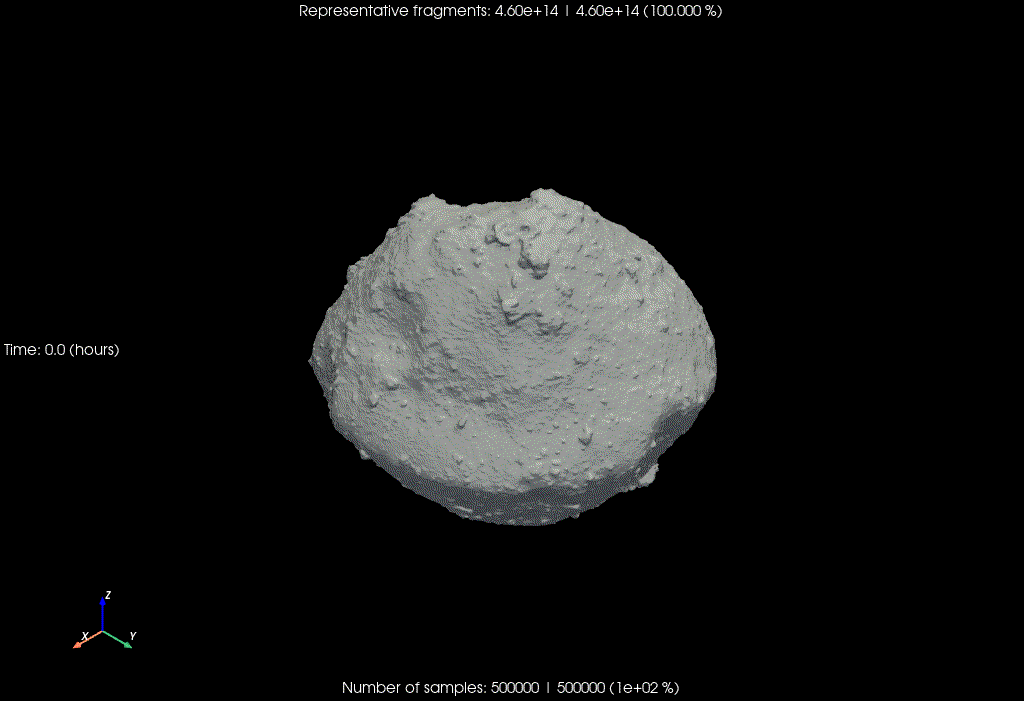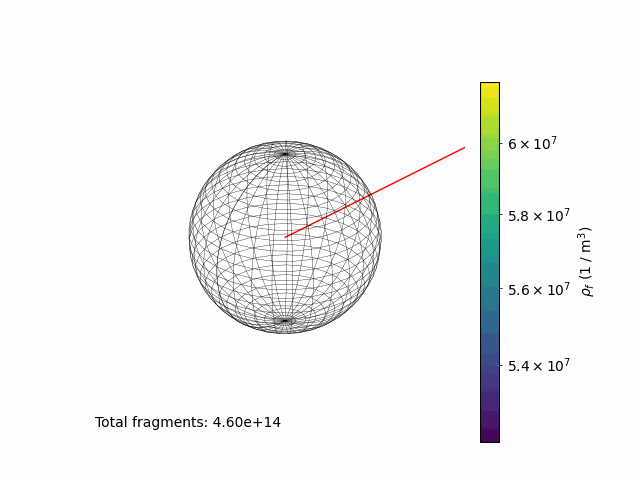On the 26th of July, I presented the latest results of the CRADLE project at the 32nd JAXA Workshop on Astrodynamics and Flight Mechanics.
The workshop is held every year at the JAXA (Japan Aerospace Exploration Agency) site in Sagamihara. It is organised by Professor Yuichi Tsuda, the project manager of the historic mission Hayabusa2. The workshop is a great occasion to share the latest results in astrodynamics and flight mechanics. The workshop is especially focused on interplanetary missions and missions to small bodies such as asteroids and comets. In fact, it was the perfect chance to present the results of the CRADLE project!
In the CRADLE project, we want to study the possibility to collect asteroid samples in orbit. To do so, we need a way to estimate how many of these particles we can collect after an impact event. Therefore, we need to be able to estimate the number of particles encountered by the spacecraft when it moves around the asteroid. In this work, we describe such a methodology: it is a step-by-step process that relies on the modelling of the dynamical environment and the impact phenomena. Through these models, we propagate the motion of the particles around the asteroid and estimate their flux. With the flux, we can then estimate the number of impacts on a selected spacecraft.
Check out the results of the work HERE!


Example of particles generated by a kinetic impact on asteroid Ryugu. On the left, 500 000 particles propagated for 24 hours. On the right, is the corresponding particle density around the asteroid.
Acknowledgments
The work is a collaboration with the Japan Aerospace Exploration Agency (JAXA). In fact, we leverage their heritage and experience in asteroids’ missions. Particularly, we start from the extraordinary findings of the probe Hayabusa2 that visited asteroid Ryugu. This work is also funded by the European Union under the Horizon2020 programme.